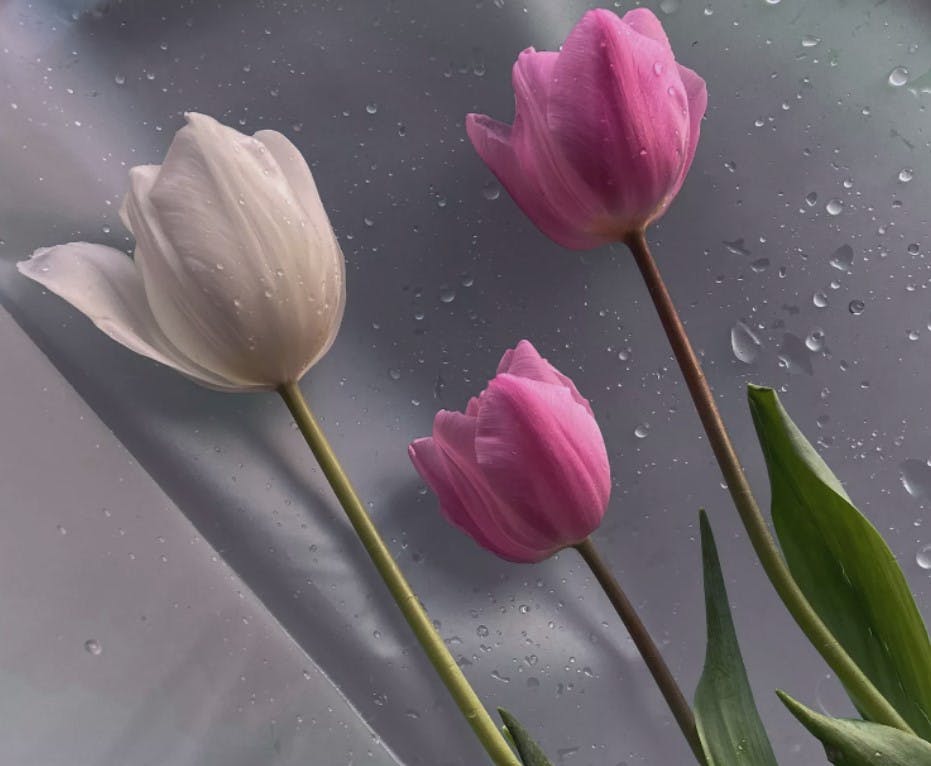History of tulips
Today we know about 120 botanical species of tulips, and there are thousands of varieties! About 100-120 varieties of these flowers are the most common in commercial production. It seems like a lot, especially since you need to be patient when you want to launch a new tulip variety, because the process of creating it can take up to 25 years! However, the Dutch export figures show that investing in plants is profitable (plant trade accounts for 20% of Dutch exports). It is widely recognized that the tulip is the national flower of the Netherlands but surprisingly, the flowers do not come from this country at all.
Where did the tulips come from?
Tulips come from Asia Minor, and their history in European gardens began in the mid-16th century. The first European to see these flowers was the Marquis Augierius Ghislain de Busbecq. He was an envoy of the Austrian Emperor Ferdinand I at the court of Suleiman the Magnificent. He traveled around Turkey and saw beautifully blooming tulips in one of the gardens, which delighted him so much that he sent an enthusiastic description to Vienna along with a few bulbs. They fell into the hands of his friend Charles de l’Ecluse, who worked as a gardener in the imperial gardens of Vienna. In 1592, he received the honorable position of a professor of botany at the University of Leiden and, moving to this city, he took with him a large collection of bulbs, including the aforementioned tulips.
The tulip crime
Tulips in Leiden bloomed under the watchful eye of the aforementioned botany professor. Unfortunately, the man and his collection were widely talked about. This tempted the thieves – unknown perpetrators broke into his garden in Leiden and… stole all his bulbs! By some strange coincidence, large numbers of new tulip bulbs soon appeared on the Dutch flower market… It seems that a crime contributed to the spread of tulip cultivation in the Netherlands – it must be admitted that it was an extremely successful popularization campaign! Soon, having tulips in the garden became a social necessity and a symbol of status. In the 17th century, there was a lively trade in tulip bulbs in the Netherlands, coupled with frantic stock-market speculation – the time it is called “tulip-mania”. The greatest intensity of this mania occurred in the years 1634-1637, which influenced the stock market crash that took place in the winter of 1637. It was so close that the tulip passion of the Dutch would lead them to their doom…
Where did the name come from?
It is believed that the name “tulip” comes from a linguistic mistake – it is said that de Busbecq noticed a tulip flower tucked behind a turban of one of the Turks and asked him, “What is this?” The Turk, thinking the Marquis was asking about his headwear, politely replied, “Tulpana!” which in Turkish means turban. In fact, in Turkish, the word for tulip is “laleh” – the word spelled with the same letters that make up the name Allah. The Islamic tradition forbids direct reference to the name of God, which is why the tulip has become a symbol of Allah among Mohammedans.
One flower (though in many varieties) and a story so colorful and swift that a book can be written about it… and an adventure book!



